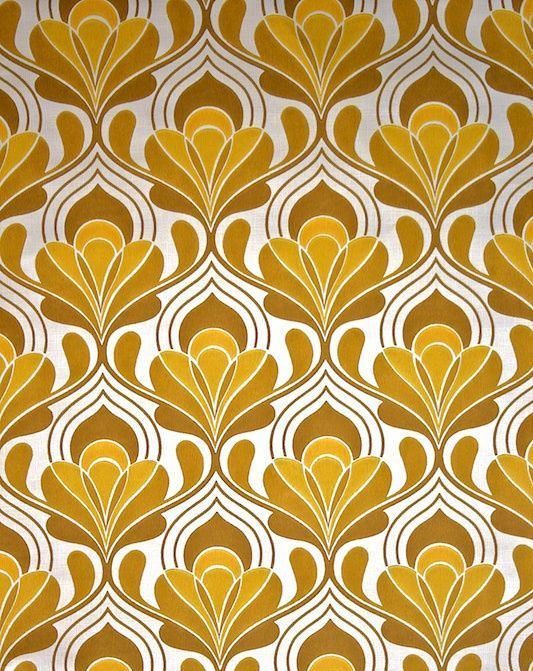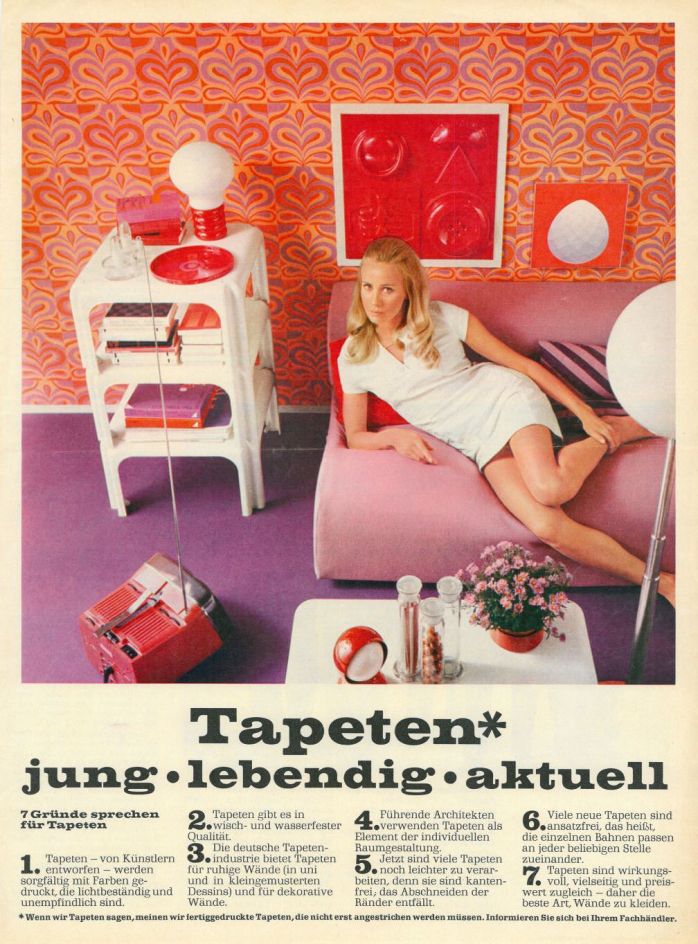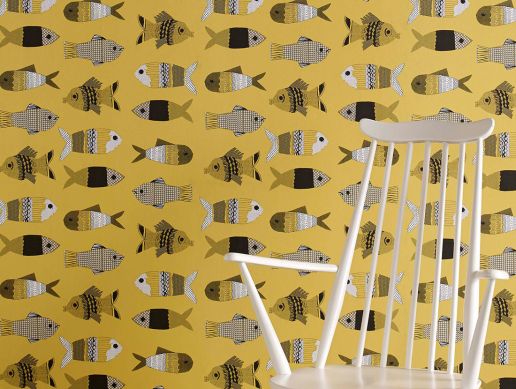If you remember the 60s, you weren't there! The "Swinging Sixties", the decade of free love, the peace movement and LSD experiences, also saw the beginnings of mass consumption, the space age and Pop Art. The Fifties had simply ploughed a path for the phenomena of mass culture and mass production of the 60s. Design for the masses needs to be fast and cheap. Many artists, designers and architects criticised this approach and instead focussed on topics like war, the environment, racism and feminism. They developed innovative interior design ideas and alternative concepts. First and foremost, design was now supposed to be fun and provide an emotional and sensual experience. Purely functional ideas were a thing of the past, and the brand-spankingly new design concepts of the Sixties, with their funky patterns and bold shapes, were both colourful and cheerful.

Bright colours and a myriad of new shapes succeeded in casting the dark memories of the post-war years out of heads and homes. And to shed the last conventions, many got rid of their old wallpapers. "this year: choose a new wallpaper", as it says in stylised letters in a 1963 wallpaper ad. "...A new wallpaper does more than just rejuvenate your walls. A new décor for your walls introduces new life into your home! Funky wallpapers in bright colours and imaginative patterns convey verve and good vibes...." And as a result, verve and good vibes filled the living rooms of the 60s - their walls adorned with orange, brown and green wallpapers with striking patterns.


By the mid-sixties, those who still lived with their old wall décor were under some pressure to change the status quo: "Some people think they really don't have a reason to improve their beautiful homes. Well, we've got one for them." (From a 1967 wallpaper advert). "Our reason is this pretty, brand-new wallpaper. And if this doesn't convince you: We have many more reasons. In many, many colours. Many, many patterns..." So why not swap the outdated floral designs for Pop Art, monochrome stripes or surreal graphics? Well, why not indeed?


There were virtually no limits to the choice of wallpaper patterns and colours in the Sixties. Designers of wallpapers as well as textiles were - at long last - inspired by the art movements of the past once more (for instance Baroque and Art Nouveau), and gave the opulent shapes and ornaments of old a Sixties’ twist by adding new colours and their own inimitable style. At the same time, contemporary art genres like Pop and Op Art had a strong influence on both fashion and wall décor. The result: A wild mix of styles. Floral and baroque patterns stood their ground next to comic strip-type, brightly coloured, black-and-white and surreal designs.


Towards the end of the Sixties, Op Art and the onset of the space age became the predominant influences and inspiration. Architects like Verner Panton were behind visionary and futuristic interiors. Floors, walls, ceilings and furniture in similar hues created the impression of unified surroundings where all elements melted into one another. Panton's interieurs for the Spiegel Publishing house in Hamburg (1969) were dominated by the colours green, red and orange, and reflected a sense of modernity and forward thinking.


This extremely fashionable "space age look" seemed to have an impact on wallpaper designs, too. "Wallpapers* young - lively - contemporary", as this advert from 1969 proudly claims. On a pink sofa, in front of a brightly coloured wallpaper in pinks and oranges, a young lady appears to provide us with at least 7 reasons for new wallpapers: Wallpapers are light- and water-resistant, spongeable, with intricate patterns, decorative, easy to apply, effective, versatile and cost-effective. These reasons still apply for today's funky 60s-style wall coverings. 50 years later, the crazy designs of the 1960s are once more in vogue. This is not just a result of the revival of Op Art designs in the fashion world, but also due to popular US TV series like "Mad Men" or "2 Broke Girls" evoking a new interest in the striking look of the Swinging Sixties. Just give it a try and introduce some "good vibes" into your home.





